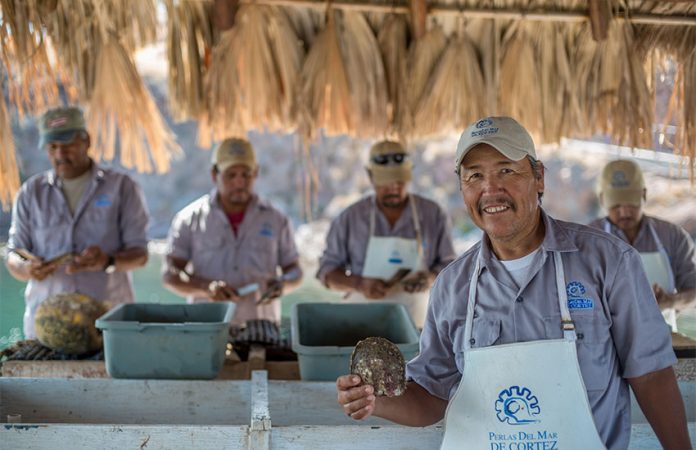Their site says “we have been in business for only 18 years; it seems like a long time, but in the pearl farming industry, we are just starting.”
Pearl cultivation is one of the most valued aquaculture industries in the world, but Mexico lags behind places such as Japan, Australia and French Polynesia. If companies such as Perlas de Cortéz have anything to say about it, though, that won’t be the case for long.
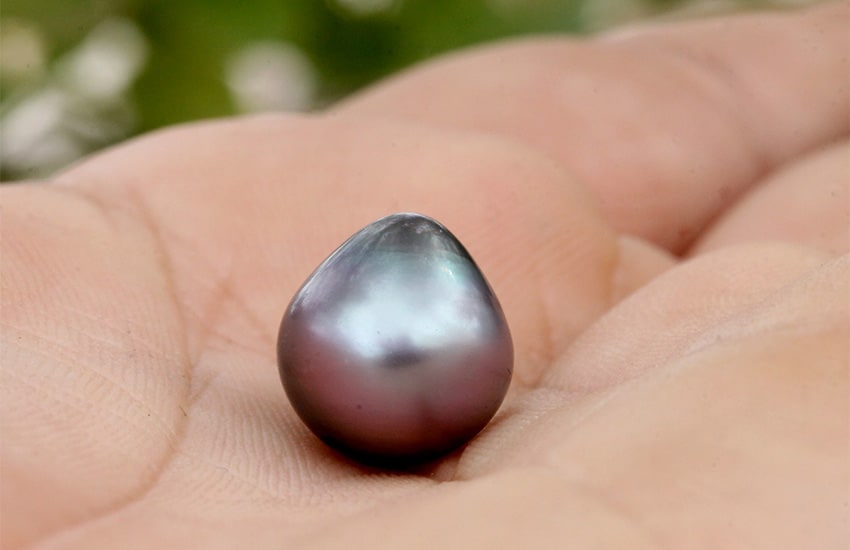
What we think of as pearls are the round, creamy-white gems that come from the saltwater species of the Pteriidae family of oysters. Mexico can and has produced these pearls since the early colonial period.
In the Gulf of California, the gathering of wild pearls was an important industry until overfishing and environmental damage prompted the Mexican government to ban it in 1939.
There had been attempts to cultivate pearls as early as the late 19th century, but technological and legislative issues kept investors away until the 1990s.
At the time, institutions such as the Northwestern Biological Research Center, the Tec de Monterrey University’s Guaymas campus, and the Autonomous University of Baja California Sur began working on repopulating native wild oysters, instead of simply setting up a commercial pearl farming operation. The first commercial species were already accepted by the world market, but according to Perlas de Cortéz director Guillermo Soberón, three graduate students — Enrique Arizmendi Castillo, Manuel Nava Romo and Douglas McLaurin Moreno — had an interest in a species native to Bacochibampo Bay in Guaymas, Pteria sterna, or the rainbow-lipped oyster.
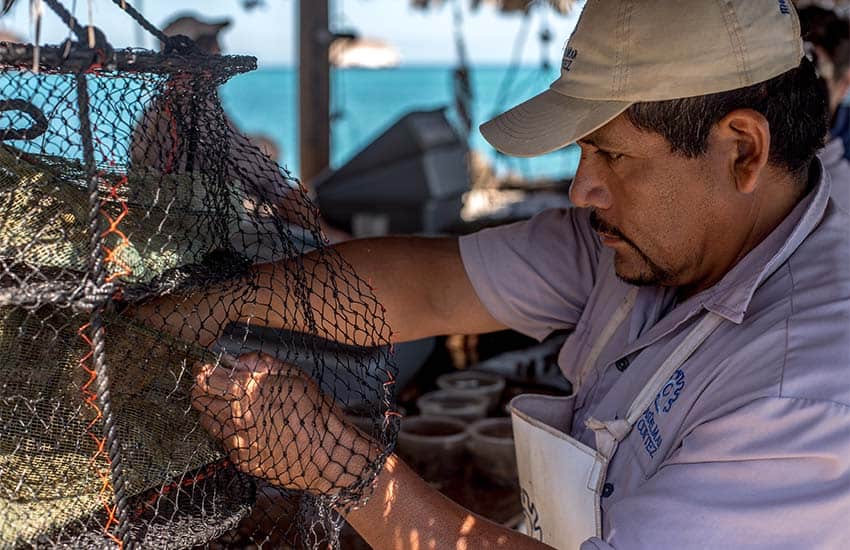
Working from the Tec de Monterrey, the oyster’s commercial viability was explored not only because of its unique characteristics but also as a way to diversify Guaymas’ fishing port. Soberón initially collaborated as an advisor, helping to get funding from local and federal sources for this first-of-its-kind project.
Pteria sterna does not produce your typical pearl. The oyster’s nacre (the hard, iridescent substance secreted by the oyster that forms pearls and mother-of-pearl) is distinguished by very thin, uniform crystals, which make light refract differently and produces a soft gray, overlaid with one or more colors, such as blue, green and lavender.
“No pearls in the world look like these,” Soberón says.
This is indeed the pearls’ main attraction. Their drawback, however, is that it is quite difficult to produce a perfectly round pearl, and because of the size of the oyster, impossible to grow them very large.
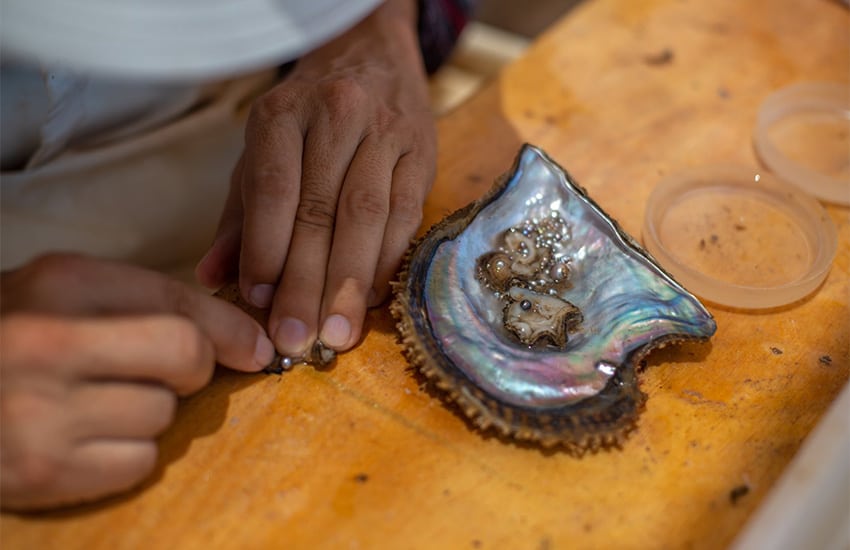
So Perlas de Cortéz works with talented jewelers to take advantage of the more common shapes, which include drop and a kind of button shape (called a mabe) to create unique, one-of-a-kind pieces.
Perlas de Cortéz today is an independent business, with the three students and others as owner-investors. They still have a relationship with the Tec de Monterrey, which Soberón credits with giving them a great start.
“Where we began our research turned out to be the perfect place for this operation, and we would not have been able to develop it without their help,” he says.
I met Soberón at the Tianguis Turístico event in Mexico City, an annual tourism industry convention in Mexico. I was immediately drawn to the company’s stand and its unusual and beautiful jewelry on display.
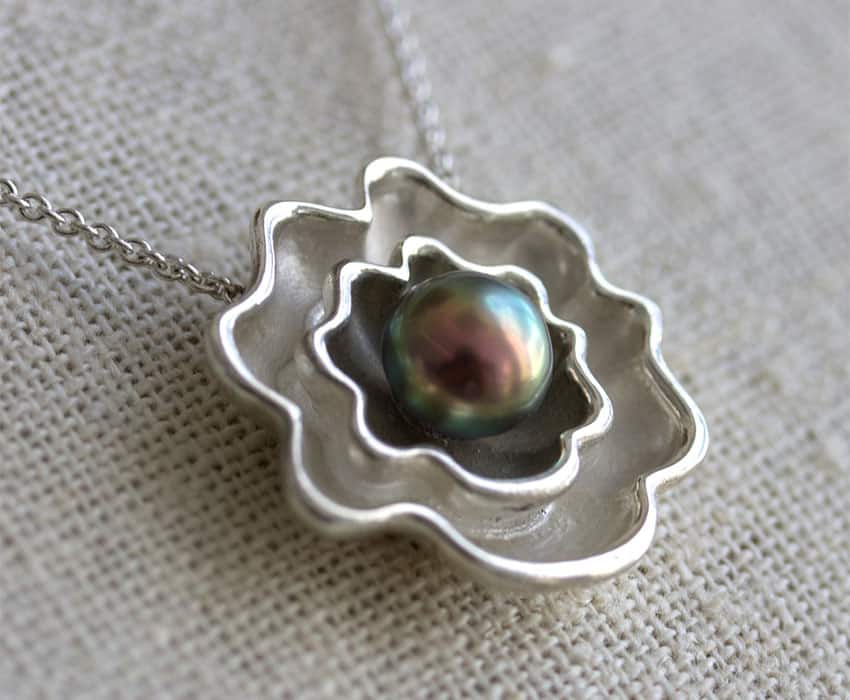
“We have a niche market. Our pearls are immediately recognizable because of their look.” says Soberón. Though it can be difficult to get past the idea that pearls must be round and white, here is where tourism figures in.
The company’s relationship with tourism began in 1997 quite by accident, when people wanted to see what was going on.
Soberón says the farm is helping to change the image of Guaymas city to that of a place worth visiting. Today, the oyster farm receives curious from all over the world, who come to marvel at the process of growing, harvesting, and processing the pearls.
The farm is such a tourist attraction, in fact, that over 60% of its sales are from finished pieces sold at the farm’s own store. Internet sales play an important role too, a recent necessity brought about by the pandemic.
Despite its success, Perlas de Cortéz is still a very small operation. No other company in the world has decided (yet) to follow their lead and produce these unique gray pearls. The farm produces about 10,000 pearls per year (a number that includes the production of more traditional pearls), but this figure is very small compared to many pearl farms worldwide.
Given its academic origin, the rest of the oyster has not been forgotten in the business plan. The meat is quite edible and is popular locally. The shells are processed for their mother-of-pearl, or ground into a powder for use in cosmetics, while others are polished and sold as souvenirs.
Soberón is convinced that pearl farming is a very viable business in Mexico, and projects like Perlas de Cortéz help make Mexico more competitive globally. The market for known pearls is very competitive, but the creation of a novel pearl opens exciting opportunities for Guaymas and for the state of Sonora.
Leigh Thelmadatter arrived in Mexico over 20 years ago and fell in love with the land and the culture in particular its handcrafts and art. She is the author of Mexican Cartonería: Paper, Paste and Fiesta (Schiffer 2019). Her culture column appears regularly on Mexico News Daily.
